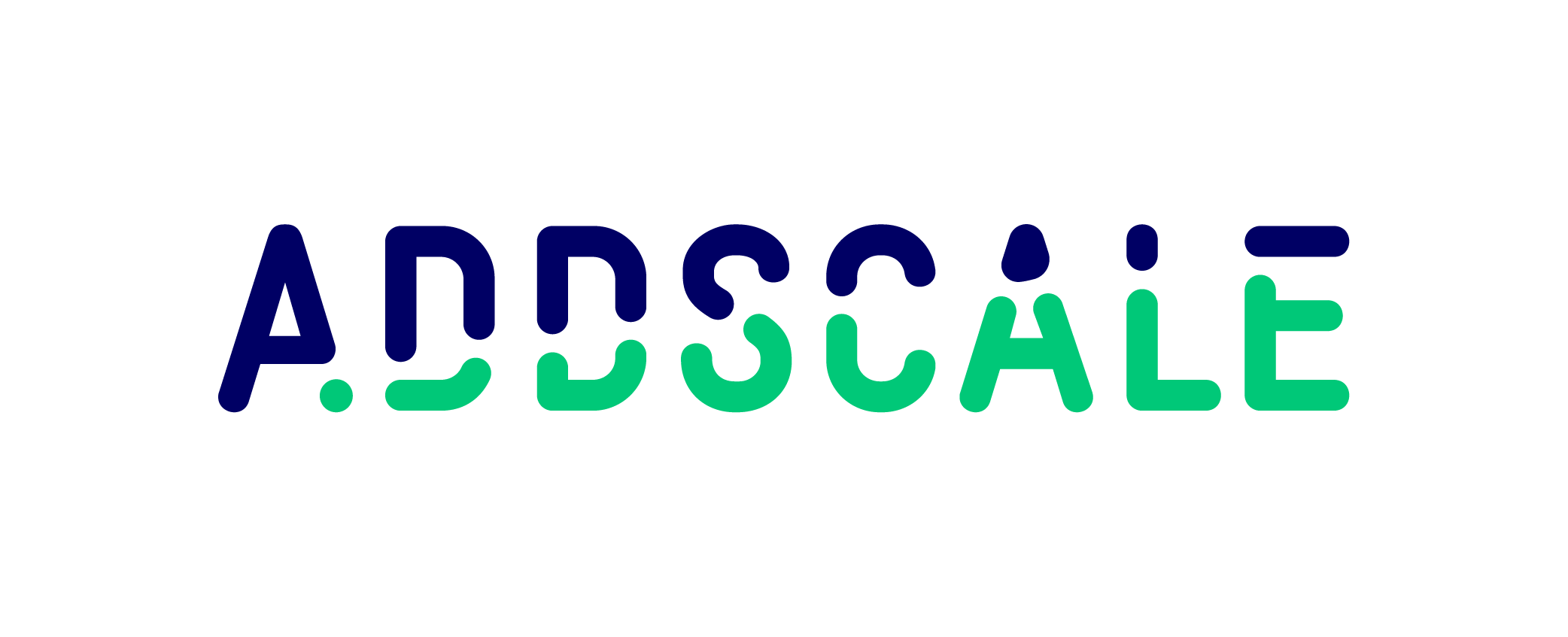3 main development axis
With a low implementation success rate in many cases and positive ROI often non-existent, many management teams think that ERP systems are expensive, and even wasteful exercises.
Still, ERP can serve many valid and necessary purposes such as storing product definition data, processing sales orders, planning material needs, paying and issuing invoices, etc. Therefore a clear option which doesn’t require capital investment or major disruption is to leverage ERP systems.
Still, ERP can serve many valid and necessary purposes such as storing product definition data, processing sales orders, planning material needs, paying and issuing invoices, etc. Therefore a clear option which doesn’t require capital investment or major disruption is to leverage ERP systems.
Here are 3 main development axis with an objective to leveraging ERP systems:
Get a clear view on inefficiencies in no time with process mining,
Enforce data integrity,
Develop metrics for effective decision-making
Get a clear
view on inefficiencies
You can get a clear view on inefficiencies in no time with process mining. The core idea of process mining is to utilize ERP or any other information systems implicit data by using algorithms to create new process model, analyze a process model or enhance an existing process model.
Process mining enables companies to leverage existing data from e.g., ERP, SCM or CRM, allowing organizations to monitor the step-by-step execution of core processes and to understand how to optimize them. For example, process mining can be used to facilitate ERP post implementation review.
For a given process (Order-to-cash, Procure to Pay, Record to Report ...), the analysis will allow to discover the normal and unusual data paths. The process mining results may show that some of the activities are very uncontrolled i.e. sometimes it can be done in a short time but in other cases it took a long time.
The activity may be done quickly because the procedure is bypassed. The bottlenecks may occur due to technical issues (error in the systems), data migration issues (the introduction of new material numbering and categories) and cultural issues (high dependency of hard copy approval).
Enforce data integrity
Many times, a number of business issues find their root cause in the lack of data integrity and process discipline. Improving these will have direct and immediate impact on results.
For example, inventory management is very often an area with accuracy issues. Although leveraging the ERP system (by implementing cycle counting and bar coding) , in many companies, the main cause of inventory inaccuracy is a lack of process discipline.
For example, inventory management is very often an area with accuracy issues. Although leveraging the ERP system (by implementing cycle counting and bar coding) , in many companies, the main cause of inventory inaccuracy is a lack of process discipline.
A "classical" issue arise when physical inventory movements (such as warehouse transfers) happen without someone completing the system transactions in a timely manner.
Thus, no matter the system, it would have no idea where the inventory was located.
Develop metrics for effective
decision-making
A great outcome of process mining is the availability of Key Performance Indicators ; these can be built in different ways and can be used to measure internal efficiency, customer satisfaction, and automation.
For example, the analysis of the order-to-cash process shows the effectiveness of a company to convert a product or service into revenue.
This process can be subdivided into subprocesses such as order-to-shipment, billing-to-accounts receivable. Some exemplary indicators include : Order-to-confirmation time, order-to-fulfillment time, order-to-bill time, shipment / service-to-billing time, percentage of on-time delivery, number of order changes, percentage of late payments ...
This process can be subdivided into subprocesses such as order-to-shipment, billing-to-accounts receivable. Some exemplary indicators include : Order-to-confirmation time, order-to-fulfillment time, order-to-bill time, shipment / service-to-billing time, percentage of on-time delivery, number of order changes, percentage of late payments ...
Process Mining is offering great opportunities
en savoir plus sur l'auteur
Stéphanie Gamelin
Stéphanie est une experte avérée de la gestion des risques et des revenus des fournisseurs. Spécialiste de la gouvernance, transformant les performances commerciales de bout en bout grâce à la gestion des finances, des données et des risques pour les organisations axées sur les clients.
Experte MySquad
Rejoins la communauté !
Echange avec des Chief Revenue Officers, Heads of Revenue Operations, Sales Managers, Revenue Managers, Marketing Managers, Product Managers, C.E.O, Freelances...
Autres articles
01
Digital fluency contribute to higher revenue
Improving C-Suite digital fluency contributes to revenue growth
02
La télévision dans la stratégie de croissance des scaleups
Conseils et bonnes pratiques pour construire et optimiser votre campagne Pub TV.
03
Le Manifeste de MySquad
Ne confiez pas à d'autres les leviers de votre succès !
04
La télévision dans la stratégie de croissance des scaleups
Les KPIs des campagnes "Direct Response TV" : la planification, la mesure et les optimisations.
Rejoignez nos events!
Template pour OKR
Support pour vous aider à mettre en place et à animer un programme d'OKR (Objectives & Key Results). Une approche à personnaliser selon vos enjeux A destination des Startups & Scaleups mais également des ETI.
Write your awesome label here.
Write your awesome label here.
Analyse de croissance
Support pour réaliser le diagnostic de la croissance d'une entreprise BtoB. L'objectif est d'analyser le modèle d'une activité en mode SaaS d'une entreprise positionnée dans un contexte "Early Stage".

